Activated Carbon For Drinking Water Treatment Heycarbons Manufacturer From China
Water plants use coal-based granular activated carbon to treat drinking water; coconut shell activated carbon can be used in household water purifier filters or community direct drinking water stations; high-end communities also use silver-loaded activated carbon to treat drinking water.
Why is Carbon Used in the Purification of Drinking Water?
Due to certain problems with ozone and chlorination disinfection and the increased requirements for drinking water quality, the treatment process of water plants has developed towards deep treatment on the basis of conventional water treatment. Activated carbon is widely used in deep treatment of tap water due to its strong adsorption performance.
High-quality drinking water is beneficial to human health, and advanced deep water treatment technology must be used to achieve high quality of drinking water. At present, due to the limited total amount of drinking water, if the drinking water obtained at high cost is used regardless of purpose and water quality, the cost is high.
Therefore, in light of the actual situation of urban tap water use and distribution, a reasonable solution is adopted: the urban water plant continues to provide tap water for general use with conventional processes. Residential users use small, efficient purification devices that can remove carcinogenic, mutagenic, teratogenic and other pollutants, and use tap water as raw material for more in-depth processing to ensure the high quality of drinking water.
This not only ensures the health of residents, but also is within the economic affordability of residents.
What does activated carbon do for drinking water?
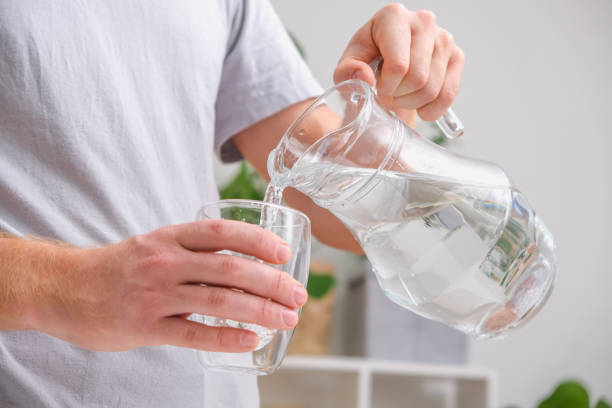
Activated carbon can be used as one of the means to purify drinking water. Its advantages include: it is effective in removing chloroform, pesticides, odors, and organic matter; it can partially remove bacteria, chlorine, magnesium, and sediments; it does not remove calcium, iron, potassium and other elements useful to the human body; it reduces color; and it is not expensive.
Generally speaking, in the treatment of drinking water, ion exchange resins cannot compare with activated carbon. If a certain level of organic matter standards is to be achieved, the combined technology of activated carbon and macroporous anion exchange resins is very effective.
How to Use Activated Carbon for Drinking Water
Front-end: Coal granular activated carbon for drinking water
At the front end of drinking water treatment, water plants and residential properties often use coal-based granular activated carbon for filtration to remove pollutants such as organic matter, chloroform, and heavy metal ions in the water.
Granular Activated Carbon
Backend: Coconut shell activated carbon for filter element
At the back end of drinking water treatment, coconut shell activated carbon is often used in household filter elements, community drinking water stations or bottled water production
Coconut shell activated carbon has developed micropores and is generally not used for wastewater with pollutants of medium or larger pore sizes, but is mainly used for drinking water.
Coconut shell activated carbon is widely used in deep drinking water treatment, air purification, gold extraction and other fields due to its high strength, low ash content and excellent microporous structure. Its pore size distribution is one of its most significant characteristics.
- The diameter of micropores is less than 2nm, and the specific surface area of small pores accounts for more than 85% of the total specific surface area, and can even reach 90%, which can adsorb small molecular gases and micropollutants (such as VOCs).
- The diameter of mesopores is 2-50nm, and the specific surface area of mesopores accounts for 5%-10% of the total specific surface area.
- The diameter of macropores is greater than 50nm, and the specific surface area of macropores is less than 5% of the total specific surface area.
Silver Ag-loaded activated carbon for UDF filter element
Silver-loaded activated carbon is commonly used in UDF filter elements, which can be used to finely treat drinking water, but is expensive. The use of silver-impregnated activated carbon can effectively kill bacteria, viruses and other microorganisms in drinking water to ensure the hygiene and safety of drinking water; it can also remove organic pollutants in water and purify water quality.
Silver Impregnated Activated Carbon
Activated Carbon UDF CTO Filter Element
Activated carbon UDF CTO Filter Element can be used for drinking water purification. After purification by activated carbon UDF CTO filter element, residual chlorine, odor, organic matter and other impurities in drinking water can be removed, improving the taste of water.
You will learn about UDF VS CTO filter elements introduction, water purification process, CTO filter element production process, Heycarbons product introduction and customer cases.
Activated Carbon for UDF CTO Filter Element in Water Purification-Heycarbons
Activated Carbon For Drinking Water Filtration Customer Case
Activated Carbon For Drinking Water Filtration Customer Case 1
An Argentine customer uses peach shell activated carbon to remove chlorine from drinking water. The specific product specifications are as follows:
- Peach shell activated carbon
- 12*40 mesh
- Iodine value 800mg/g
Activated Carbon For Drinking Water Filtration Customer Case 2
A Turkish customer used silver-loaded activated carbon for drinking water purification, the specifications are
- Size Range : 8x 30 mesh
- Hardness ( HN ) : 98 %
- Bulk Density : 0.5 – 0.6 gm/cc
- Iodine Adsorption : 1000 mg/g min
- Moisture Content : 5 % max
- pH of 1% Aqu.Ext. : 9 – 11
- Sliver: 0.2% (Deep impregnation)
Best Activated Carbon for Drinking Water
Coconut shell or Nutshell activated carbon for chlorine removal
A beverage factory uses fruit shell activated carbon to dechlorinate drinking water. Iodine value 900mg/g, 8*30mesh or 10*20mesh.
For dechlorination, you can use nutshell activated carbon or coconut shell activated carbon. Coconut shell granular activated carbon has higher strength and lower ash content, but it is expensive. Fruit shells GAC are more cost-effective.
Silver Ag-loaded activated carbon for drinking water filtration
Silver-loaded activated carbon can be used to disinfect drinking water and is used in water purifiers.
Silver-impregnated activated carbon used for drinking water is mostly 8×30 or 12×40 mesh, with an iodine value of more than 1000 mg/g.
Before impregnation, activated carbon can be pickled with food-grade hydrochloric acid to remove impurities and ash, and open a 1‰ – 5‰ channel for silver impregnation.
If you want to know more product information, including activated carbon specifications and activated carbon for water treatment price, please click the link below to contact heycarbons.
Activated Carbon For Drinking Water Filtration Customer Case
Activated Carbon For Drinking Water Filtration Customer Case 1
An Argentine customer uses peach shell activated carbon to remove chlorine from drinking water. The specific product specifications are as follows:
- Peach shell activated carbon
- 12*40 mesh
- Iodine value 800mg/g
Activated Carbon For Drinking Water Filtration Customer Case 2
A Turkish customer used silver-loaded activated carbon for drinking water purification, the specifications are
- Size Range : 8x 30 mesh
- Hardness ( HN ) : 98 %
- Bulk Density : 0.5 – 0.6 gm/cc
- Iodine Adsorption : 1000 mg/g min
- Moisture Content : 5 % max
- pH of 1% Aqu.Ext. : 9 – 11
- Sliver: 0.2% (Deep impregnation)
Advantages and Disadvantages of Activated Carbon in Water Treatment
Activated carbon for drinking water benefits
Highly efficient adsorption capacity
Activated carbon has a developed pore structure and a huge specific surface area, which can effectively adsorb the following in water:
- Chlorine and chlorine byproducts (such as trihalomethanes)
- Organic matter (such as pesticides, solvents, phenols)
- Odors and discolored substances
Improve taste and odor
It can significantly improve the taste of water and remove unpleasant odors (such as bleaching powder) in water.
No chemical additives
Activated carbon is a physical adsorption treatment method, which does not add any chemicals to the water and is relatively safe and environmentally friendly.
Disadvantages of activated carbon in water treatment
Cannot remove all pollutants
Activated carbon has poor or ineffective removal effect on the following pollutants:
- Microorganisms (such as bacteria, viruses)
- Inorganic salts (such as nitrates, fluorides)
Easy to saturate and need to be replaced regularly
The adsorption capacity is limited, and the adsorption capacity decreases after long-term use. If it is not replaced or regenerated in time, the adsorbed pollutants will be released, causing “secondary pollution”.
Cannot sterilize
It cannot replace disinfection methods such as ozone, ultraviolet rays, chlorine, etc. Bacteria may grow inside the activated carbon.
Custom Heycarbons Activated Carbon Solution For Drinking Water
Heycarbons provides a full range of activated solutions at competitive prices.

Custom Heycarbons Activated Carbon For Drinking Water
Heycarbons has proudly served the activated carbon industry with high-quality products since 2005, we can customize your activated carbon for your project.
- Personalized service and advice based on your needs and preferences. Different raw materials for different applications.
- Customized size, iodine value , methylene blue, PH, ash, etc. Also acid washing, Ag impregnation.
- Heycarbons customized package to promote your brand, and free design service.
Call Us
+86-180 3788 5195
Our Email
info@heycarbons.com
Steps to Custom Heycarbons Activated Carbon For Drinking Water
Consultation
By understanding your needs and requirements, our salesmen work with you to submit the appropriate activated carbon solution.
Quotation
Heycarbons expert customer service will provide you with a free quote based on your requirements as well as product specifications and quantities.
Production
Heycarbons has sufficient inventory and strong production capacity, and will report production progress to you from time to time.
Shipping
Heycarb know you need to receive the product as soon as possible, after rigorous quality checks and protective packaging, by fedex shipping.
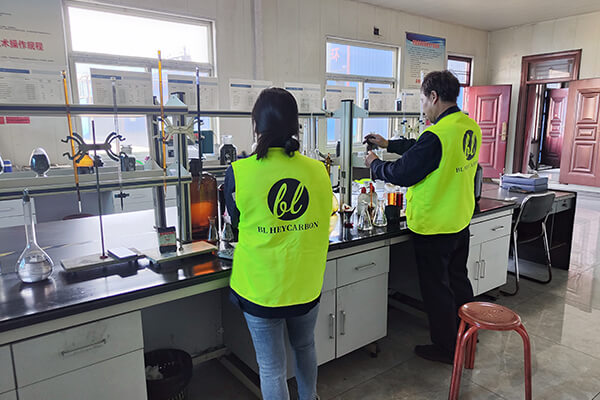
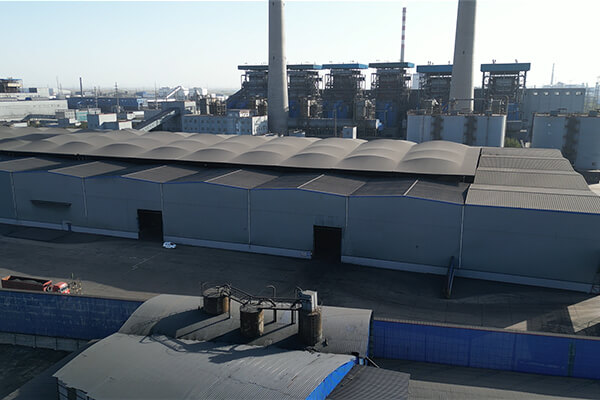
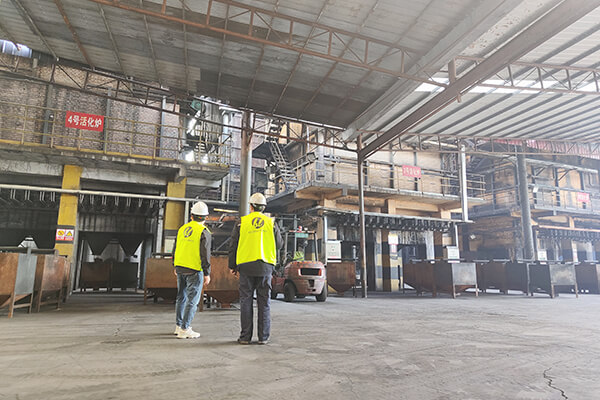


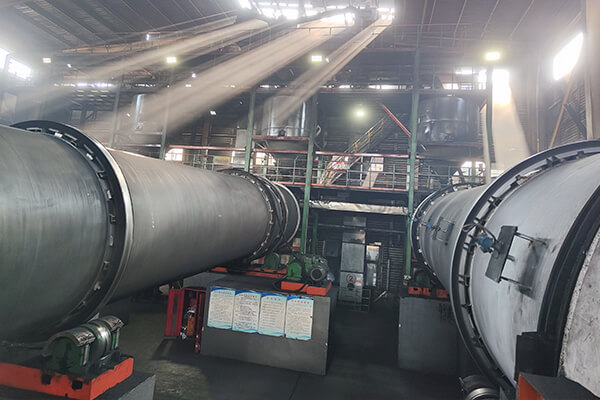



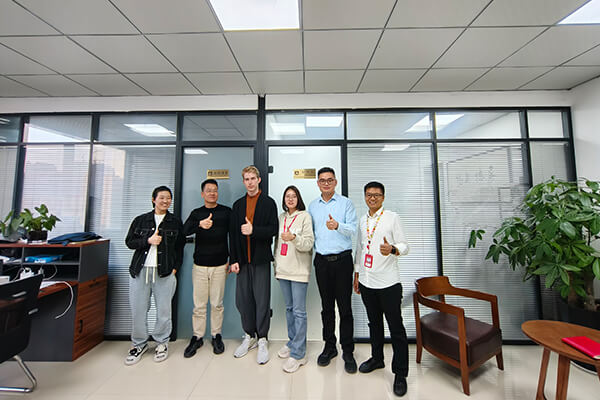


Are You Looking for Heycarbons Activated Carbon Manufacturers?
Contact us for design assistance, free quote, and expert advice today.
Your inquiry will be replied within 24 working hours, and Heycarbons respect your privacy.

